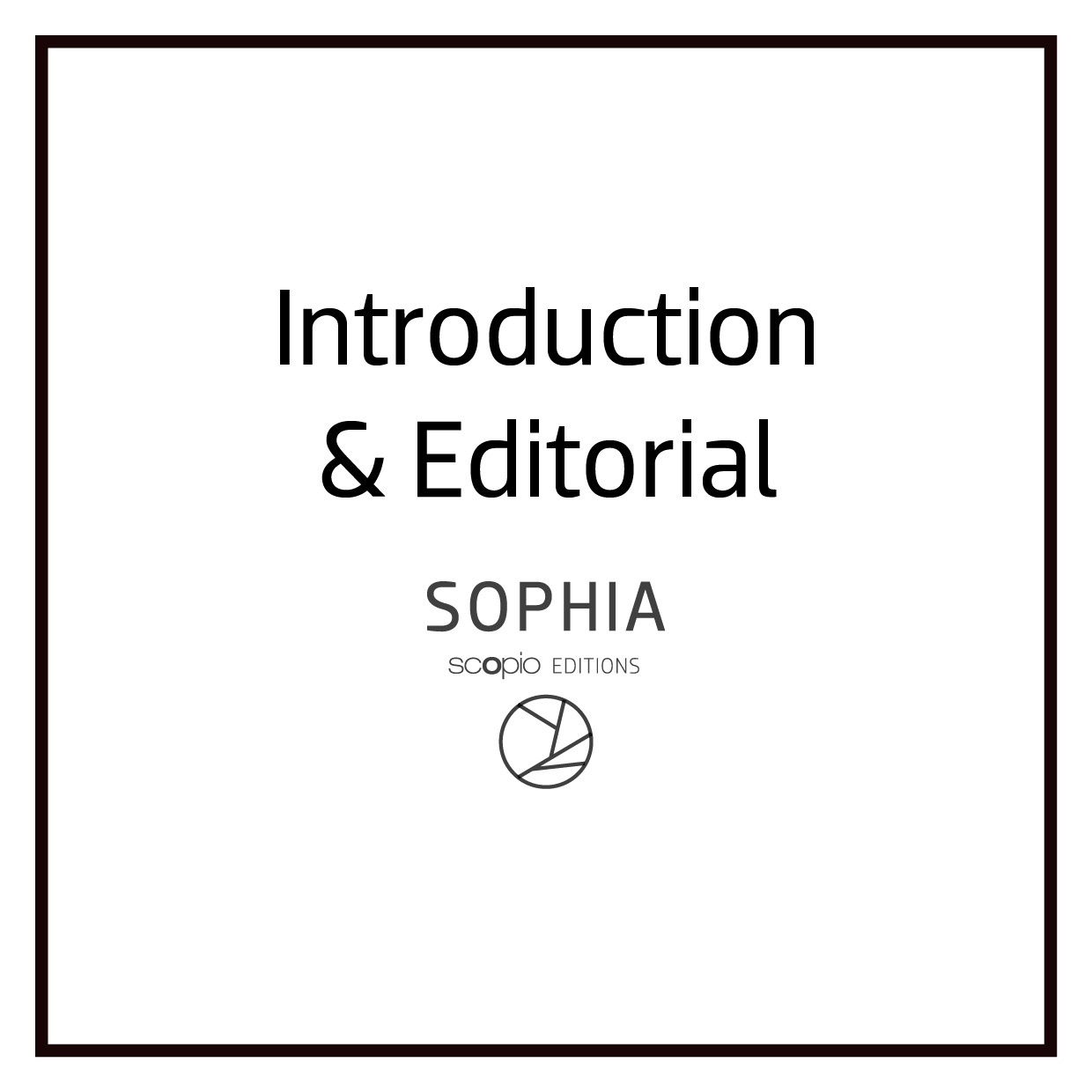
Digital spectacle and its impact on architecture and the architectural image
##plugins.themes.immersion.article.figure##

Abstract
We live in a world of digital excess, and architecture is a part of this: on the one hand, abundant and instantaneously available references, and on the other, a medium that takes an enormous amount of time to be finalized.
As some argue that architecture is too slow for the digital revolution1, the recent resurrection of the collage appeared as a viable strategy to critically reclaim architecture’s place: one that, unlike simulations of binary realities, was to be a raw and ambiguous like an “open project” even if computer-simulated.
Due to its success, however, the collage has been taken over by the market for its “arresting novelty”. As a commodity, it compensates for architecture’s slow pace: faster to produce and consume, less related to the disciplinary process of the conception, more evocative, and less ideological.
To some, the “collage era” represents the return of a more prosperous, stronger profession2, as others claim they are blank postcards of a post-idealistic age, one where built quality rarely holds up.
(...)
References
- Beatriz Duarte and Martin Molin, “Experimental persistence of change: collages of the palimpsestic temporalities of Freixo’s Thermoelectric Power Station (Campanhã, Porto)”, in SOPHIA no.6 (Porto 2021).
- Colin Rowe and Fred Koetter, Collage City (Cambridge: MIT Press, 1978).
- Jazmin Charalambous, “Impressions of Wembley Park: Photographic Representations in a Landscape of Corporatism”, in SOPHIA no.6 (Porto 2021).
- Leon Baptista Alberti, Ten Books on Architecture, 1452 (Cambridge: MIT Press, 1991).
- RemKoolhas,ArchitectureHasASeriousProblemToday,AIAconvention,2016.
- Sam Jacob, “Architecture Enters the Age of Post-Digital Drawing”, Metropolis, March 21, 2017.
- Vitor Alves, ”For today we browse”, in SOPHIA no.6 (Porto 2021).